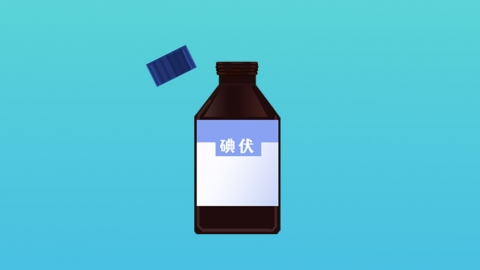Does povidone-iodine affect wound healing?
Generally speaking, povidone-iodine can affect wound healing. Proper use can promote wound healing, while improper use may hinder the healing process. If discomfort occurs, timely medical attention is recommended. Detailed analysis is as follows:

Povidone-iodine is a commonly used disinfectant with broad-spectrum antimicrobial properties. It can effectively kill pathogens such as bacteria, viruses, and fungi around the wound, preventing infection and creating a favorable environment for wound healing. Moreover, povidone-iodine has relatively low tissue irritation and generally does not cause significant damage to the wound, thus minimizing its adverse effects on wound healing while ensuring disinfection effectiveness.
However, improper use of povidone-iodine may also have some negative effects on wound healing. Frequent or excessive use of povidone-iodine may irritate and damage newly formed granulation tissue and epithelial cells at the wound site, affecting the normal healing rate. In addition, if povidone-iodine remains on the wound for too long or is used at too high a concentration, it may irritate the surrounding skin and tissues, causing symptoms such as local redness and pain, which can also affect wound healing to some extent.
When using povidone-iodine, it should be used in accordance with medical advice or the instructions provided, ensuring appropriate dosage, and the wound should be closely monitored for any changes. For wounds that have already formed a scab, it is unnecessary to continue applying povidone-iodine, as the new soft tissue is fragile and may be irritated by povidone-iodine, thus affecting recovery.









